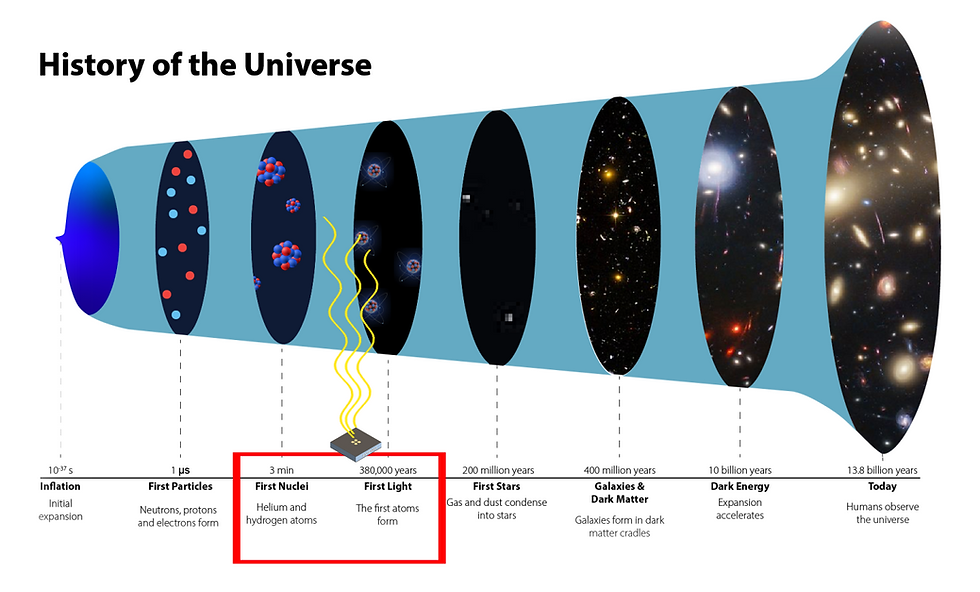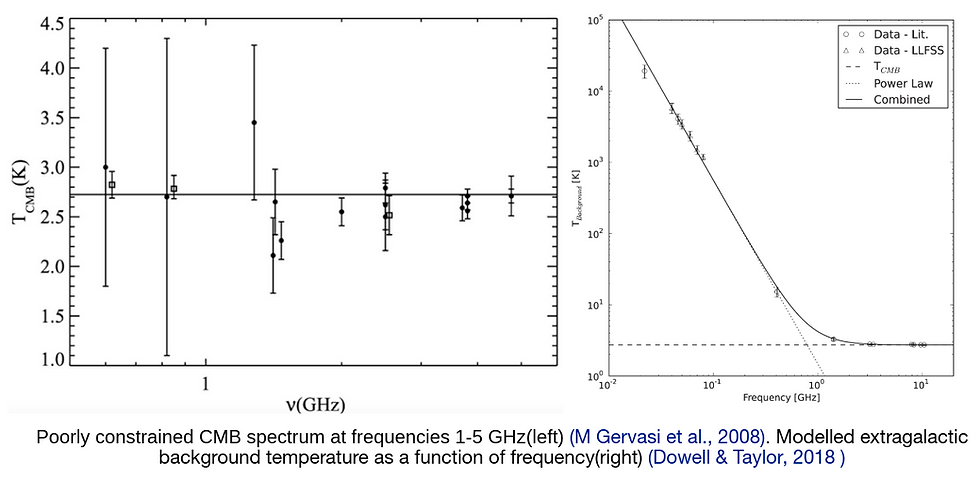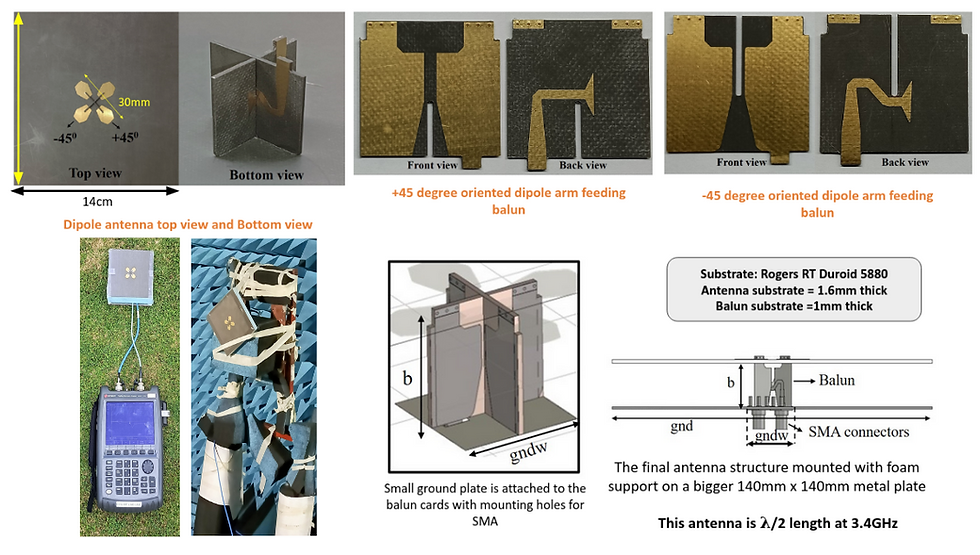RAMAN RESEARCH INSTITUTE


APSERa
Array of Precision Spectrometers for the Epoch of RecombinAtion

The Array of Precision Spectrometers for the Epoch of RecombinAtion - APSERa - is a venture to detect recombination lines from the Epoch of Cosmological Recombination. These are predicted to manifest as 'ripples' in wideband spectra of the cosmic radio background (CRB) since recombination of the primaeval plasma in the early Universe adds broad spectral lines to the relic Cosmic Radiation - hence are additive, spectral distortions. The lines are extremely wide since recombination is stalled and extended over redshift space. The spectral features are expected to be the same over the whole sky and should be present irrespective of direction.
The project will comprise an array of cryogenically cooled 128+ small telescopes that are purpose-built to detect a set of adjacent lines from cosmological recombination in the spectrum of the radio sky in the 2-4 GHz range [1]. The radio receivers are being designed and built at the Raman Research Institute, tested in nearby radio-quiet locations and relocated to a remote site for long-duration exposures to detect the subtle features in the cosmic radio background arising from recombination. It is envisioned to be a ground-based experiment with an observing site that would be appropriately chosen to minimize RFI in the observing band from geostationary satellites and to be able to observe towards sky regions relatively low in foreground brightness.
Owing to the very faint recombination signal strength (of the order of 10 nK) compared to Galactic foregrounds (a few Kelvins in 2-4 GHz), APSERa would have cryogenically cooled receivers where the front-end comprising of LNA, switch and cold terminations are cooled to a temperature of 77 K in efforts to reduce system noise temperature and reach a receiver sensitivity of 1 part in a billion. A custom-designed dual polarised, planar, scalable dipole antenna [2] that has a smooth response in the frequency range of 2.5-4 GHz and a large beam would be used. Spectral smoothness of the instrument response is crucial, as the Galactic emissions are modelled and subtracted using maximally smooth functions [3].
Additionally, APSERa would add data points to the CMB monopole and help constrain it, which, in S-band, is poorly constrained. Since the experiment would be making an absolute measurement of the sky temperature, with just a single element of APSERa and a sensitivity of one part in 10,000, we would be able to do a follow-up measurement of the ARCADE-2 experiment at various spot frequencies within our 2-4 GHz operation band, thereby constraining the radio background and verify if there is an excess after removal of Galactic, extra-galactic, and CMB contributions. APSERa is currently under development, with a cryogenic receiver being built and characterization and s2p measurements of various elements like SMA cables, cryo-LNA, and switch being done to understand their response at low temperatures and temperature gradients.




References:
[1] Sathyanarayana Rao M., Subrahmanyan R., Udaya Shankar N., Chluba J., 2015, ApJ, 810, 3
[2] Sathish, K., Rao, M. S., & Sarkar, D. 2024, The Astronomical Journal, 168, 39
[3] Rao, M. S., Subrahmanyan, R., Shankar, N. U., & Chluba, J. 2016, AJ, 153, 26